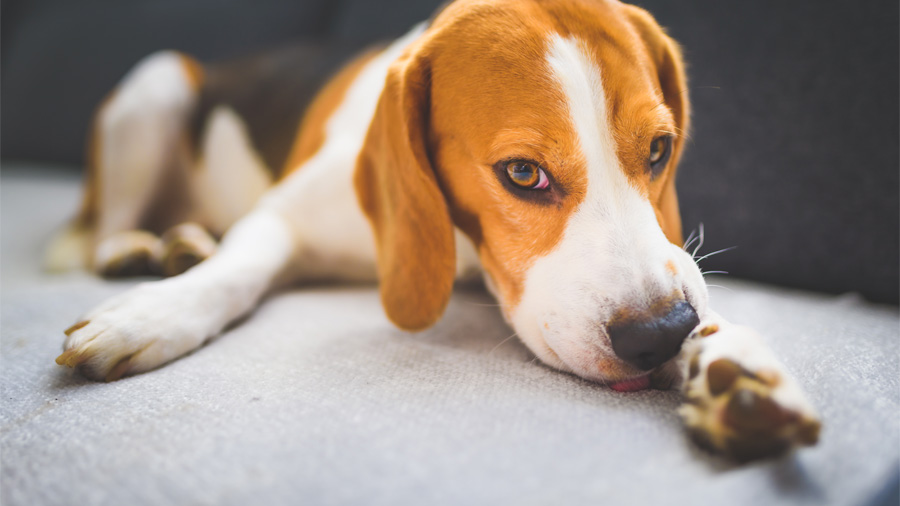In theory, any breed can be any color
The horse has some of the most varied coat color markings and patterns of any domestic species. Even within breeds, there are dozens of combinations a new foal can have. It can appear complex, but scientists have pinpointed many of the key elements that make these variations and can actually predict the color and markings of foals.
Dr. Annette McCoy, one of the equine surgeons at the University of Illinois Veterinary Teaching Hospital in Urbana, says that horse coloration is actually a great example of what we call “simple inheritance.” Simple inheritance means that a phenotype, or the characteristic we see (in this case color), is determined by one single gene. Each parent donates either a dominant or a recessive version of the trait. The offspring exhibits the dominant version, unless both parents donate a recessive copy of the gene, in which case the foal will show the recessive trait.
Black or Red, and…
“Coat color is controlled by two base pigments, red and black,” explains Dr. McCoy. “Black is dominant and red is recessive.”
This may leave one wondering where all the variations come from. The reason we see so much variety in coat color is that accompanying modifier genes interact with each other and depict what shade and where the red or black will be distributed.
The first primary modifier is known as the agouti gene.
“The agouti gene determines where the black will appear on the horse. A dominant agouti means that the black will be restricted to the points—tail, ears, mane—and the body of the horse will likely be a brown color. This color combination is called a bay. If the agouti is recessive, the horse will be completely black.” says Dr. McCoy.
Because the agouti gene affects only the distribution of black, it doesn’t visibly affect the color of a horse with a red base color (called chestnut or sorrel). However, the agouti gene does affect the color of the horse’s offspring, which is determined by the genes inherited from the parents.
The second primary modifier is the gray locus.
Dr. McCoy explains, “Gray trumps everything else, so a horse can be born any color, but if one or both parents passed on a dominant gray gene, the horse will turn gray by adulthood.”
Animals may show some gray around the muzzle and eyes as they get old, but completely gray animals are a result of the gray gene.
… So Much More!
Black, red, and gray account for the primary differences in horse coat color, and there are dozens of secondary colorations. These other color differences are considered “dilutions,” arising from additional genes that modify the shade and tone of the base color. For example, the very popular palominos are a dilution of chestnut, and buckskins are a dilution of bay.
(In the photo above, Dr. McCoy is shown with a palomino.)
“Predictions of foal coat color can be varied, depending on the genetics of the parents,” says Dr. McCoy. “For example, a buckskin stallion mated to a chestnut mare can either have a palomino, black, chestnut, or buckskin offspring. We study coat color genetics by observing parents and their offspring over several generations.”
In theory, any breed can be any color. Some breeds tend to have certain colors and patterns as a result of selective breeding for these traits. Friesian are most often black, Appaloosa horses have vibrant leopard print or “blanket” spotting on their hindquarters, and the Akhal-Teke has a metallic coat.
No Tricolor Horses
Certain coat colors are linked to dangerous disorders.
“Paint horses are characterized by their vibrant white body spots, but if a foal inherits two recessive copies of the gene, they can get a defect called lethal white syndrome. These foals are born completely white and may appear normal at birth, but they usually die within hours,” explains Dr. McCoy.
About the only color combination we don’t see in horses is a three-color coat, such as seen in tricolor dogs and calico cats. Otherwise, anything goes!
If you have questions about horse coat color and the genetics that determine it, contact your local veterinarian.
By Hannah Beers
Photo by L. Brian Stauffer

![[Dr. Annette McCoy with a palomino]](https://vetmed.illinois.edu/wp-content/uploads/2021/04/pc-horse-coat-mccoy.jpg)


